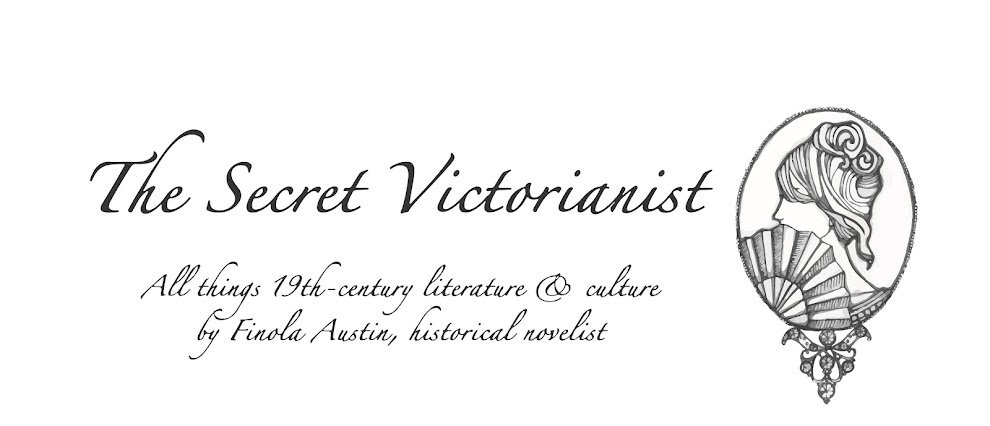Every other review I’ve read of Soho Rep’s An
Octoroon, which premiered last spring and has now reopened at the Theatre
for a New Audience in Brooklyn, opens by mentioning how obscure playwright Dion
Boucicault is, not to mention his 1859 melodrama The Octoroon.
Maybe because of this, as I waited for the play to start on Wednesday evening,
it struck me how very different my experience might be to that of most of the
audience. I’ve not only heard of Boucicault, I’ve directed one of his plays (London
Assurance, which I blogged about previously) and while, of course, aspects
of 1850s dramas, especially when they deal with race in the American South, can
be uncomfortable, the world of Victorian melodrama isn’t alien, but instead one
in which I feel very much at home. My questions as the performance began were
instead around what form the adaptation would take, and - the same question
that Jacob-Jenkins, as played by Austin Smith, reports from his therapist in
the play’s opening scene – ‘what appeal can a racist melodrama hold for black
playwright in the 21stcentury?’
In search of an answer to this question, Jacob-Jenkins (Smith)
dons whiteface to play both hero and villain in Boucicault’s drama and is
joined by the original Irish playwright himself (Haynes Thigpen), playing a
Native American in, er, redface, to act out the plot of the original
play. Heir to the plantation George is in love with the illegitimate daughter
of his late uncle, Zoe (Amber Gray), but Zoe, while she’s been raised as a
lady, is an eighth black (and so an ‘octoroon’) and they soon find out her free
papers aren’t in order. Add to that large debts attached to the plantation, an
evil and lascivious neighbour (also played by Smith) who wants Zoe
for himself, an aggressively forward local heiress (Mary Wiseman) with her
sights set on George, and the slaves attached to the estate, and you have a
play complete with court scenes, murder, slave auctions and intrigue. In
Jacob-Jenkins’ adaptation the roles of the slaves are by far the most
important, with the conversations between Minnie (Maechi Aharanwa) and
Dido (Pascale Amand) providing commentary, in more contemporary language,
on the play’s events. While others rush around the stage performing cross race
(Ian Lassiter in particular donning blackface to play slave characters as they
might have been presented on the Victorian stage), these characters (played by
black actors), while they don’t have the same level of remove as the characters
of Jacob-Jenkins and Boucicault from the action, almost seem to play out the
role of a contemporary black reader approaching the play.
 |
| Amber Gray as Zoe |
As the melodrama reaches its dramatic conclusion, the play takes a
step back, drawing our attention to the artificiality of the heavily plotted
action and instead delivering a killer punch of its own, exposing the brutal
realities of the racism which has been a source of humour previously. Cleverly,
the climax of An Octoroon comes with
the display of a photograph and a period of intense silence in the theatre,
just as, in the original melodrama The
Octoroon, the murderer is foiled by (cutting edge) photographic evidence.
The play was fascinating, veering from the darkly entertaining to the
frankly horrifying, and always delivered surprises – from the adaptations of
the initially bare looking set, to the arrival of the actual Jacob-Jenkins
wearing a rabbit head to aid transitions between scenes. Other reviewers, and a
few audience members I spoke to on the night, have expressed some
disappointment that the play doesn’t seem to reach any conclusions about what
it means to receive this kind of text, to stage a story so removed from our
contemporary ideas around what’s acceptable when dealing with race. For me
though, this was its magic. As a Victorianist, I experience a similar range of
emotions when reading and studying. How can I feel when reading about views I
would find objectionable from my contemporaries? Is it wrong of me to enjoy these
novels, these poems, these plays? By injecting new life into The Octoroon, using its effective
dramatic qualities to expose the darkness of its moral assumptions,
Jacob-Jenkins gives us one creative way in which these questions can be
addressed. Writers like Boucicault don’t need to be left in the past, the
preserve of academics, if writers today are brave enough to enter into a
dialogue with them.
If you know of any other productions and adaptations of 19th-century
plays in the New York area you think the Secret Victorianist should see then
let me know – here, on Facebook or by tweeting @SVictorianist!









